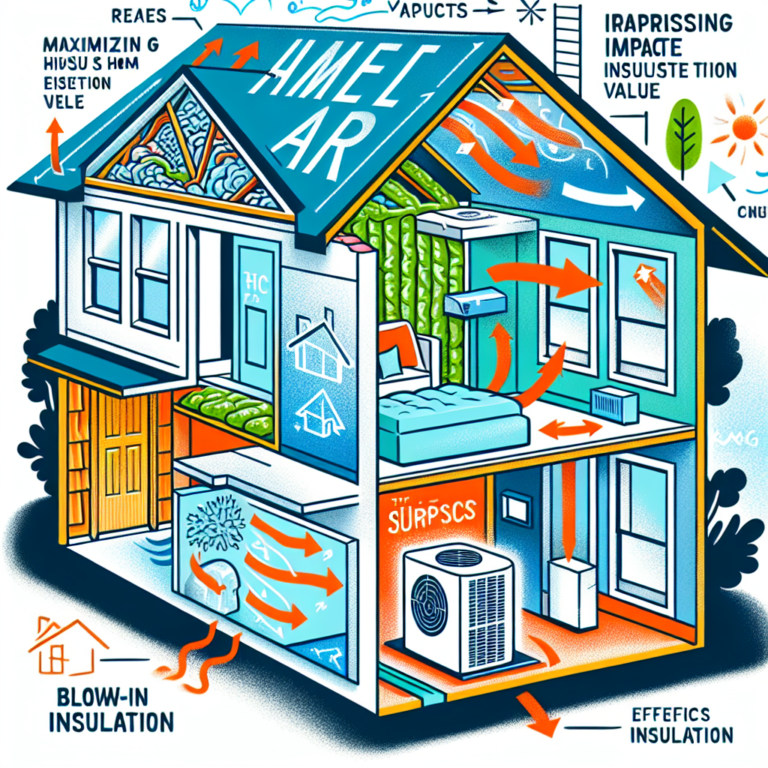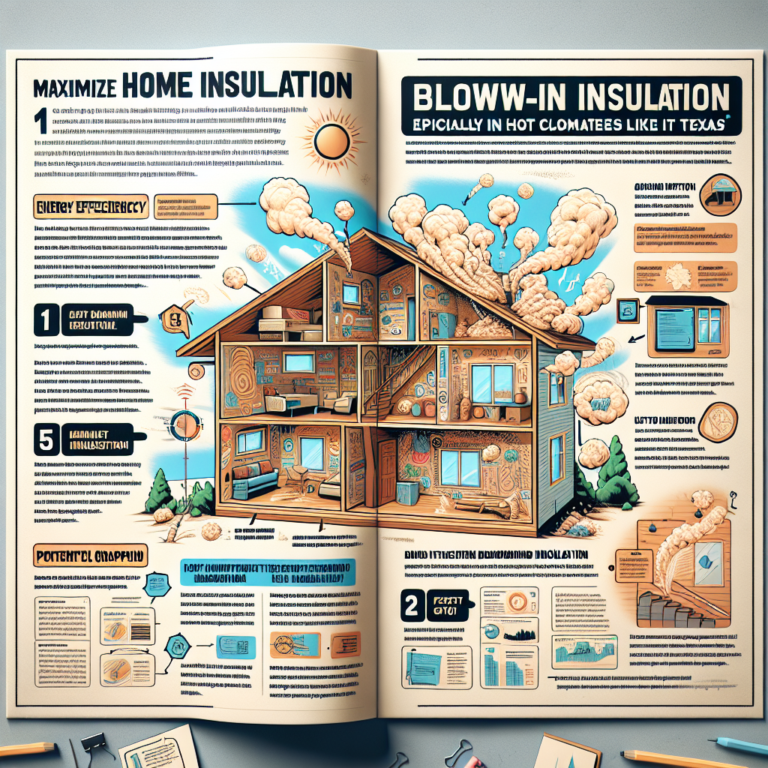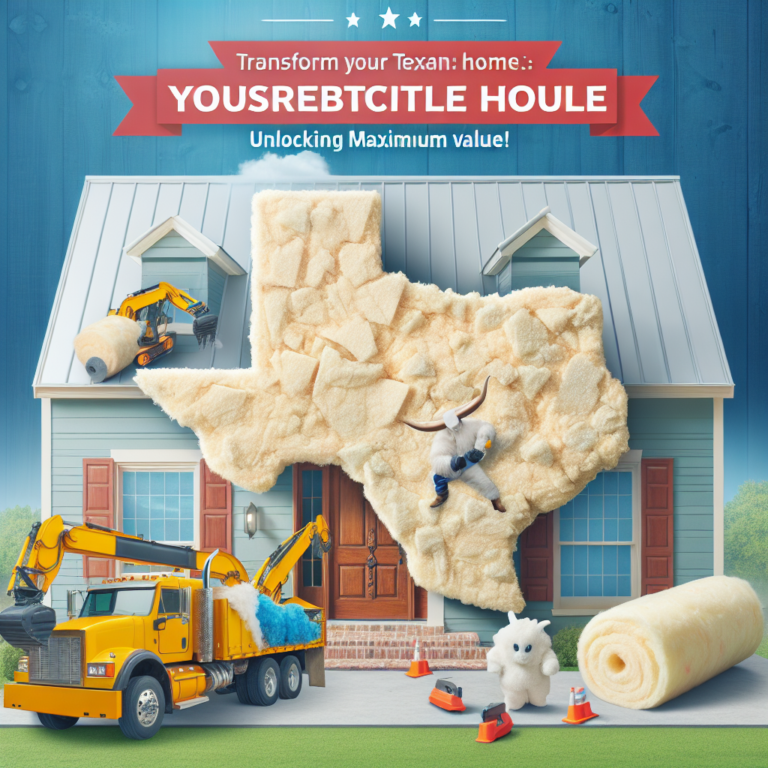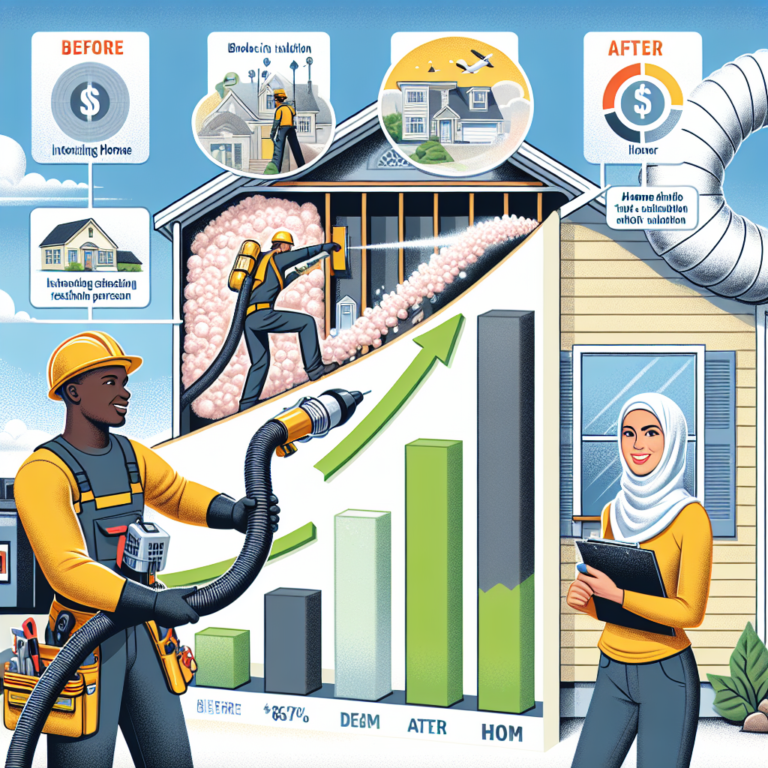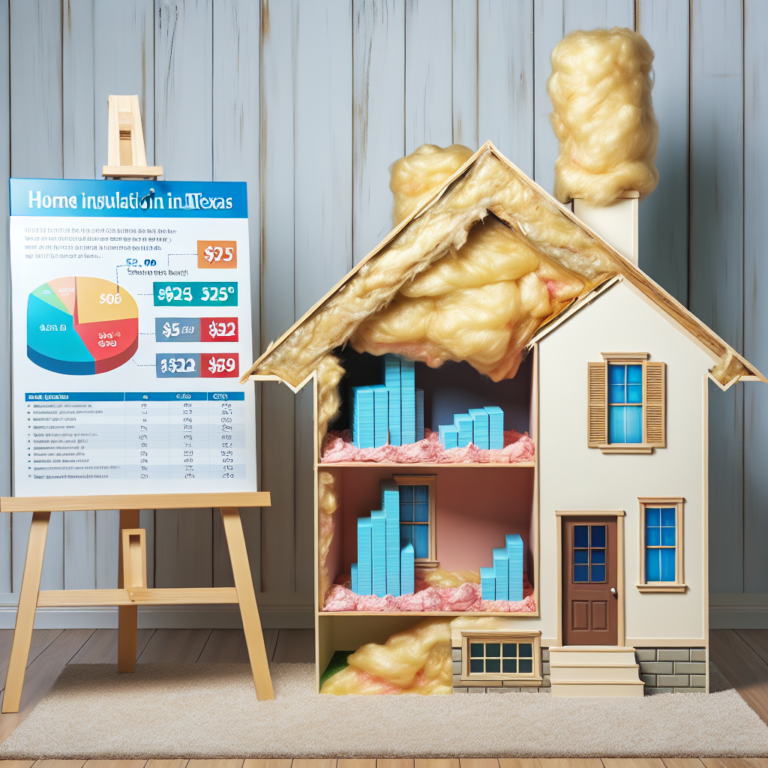Maximizing Home Insulation Value in Texas: Blown-In vs. Spray Foam Pros & Cons
Introduction
Choosing the right home insulation in Texas can dramatically cut energy bills, improve comfort, and protect your investment. Two leading contenders—blown-in insulation and spray foam—each promise unique benefits. Understanding their differences in cost, efficiency, and longevity helps homeowners make an informed decision that maximizes home insulation value under the Lone Star State’s extreme temperatures.
H2: Cost-Effective Home Insulation: Blown-In vs. Spray Foam
Blown-in insulation—composed of fiberglass, cellulose, or mineral wool particles—offers an affordable entry point. Installed quickly by “blowing” loose-fill material into attics, walls or crawlspaces, it fills gaps and irregular spaces at a lower upfront cost than spray foam. Labor expenses drop since installers don’t need to cut and fit rigid panels. However, blown-in insulation can settle over time, reducing its R-value and necessitating periodic top-offs to maintain performance.
Spray foam insulation, by contrast, commands a higher initial investment. Its two-part chemical blend expands on contact, forming an airtight seal with a high R-value per inch. Professional installation is mandatory, and material plus labor costs typically run 30–50% higher than blown-in. Yet its superior thermal resistance and air-sealing properties can deliver greater energy savings over decades, potentially offsetting that upfront premium.
H2: Energy Efficiency of Home Insulation in Texas
Under Texas’s scorching summers and occasional winter chills, minimizing heat transfer pays off. Blown-in insulation reduces convective heat loss by filling voids, and recycled cellulose options even boast eco-friendly credentials. Still, air infiltration between framing members remains a vulnerability, especially if walls or attic floors aren’t sealed.
Closed-cell spray foam insulation excels at energy efficiency by creating a continuous barrier against air and moisture intrusion. Its R-value often exceeds 6 per inch compared to roughly 3–3.5 for blown-in, meaning less material can achieve equivalent performance. For homes with complex rooflines or abundant penetrations (ductwork, wiring), spray foam’s ability to conform to any shape and seal cracks can add up to 20–30% in heating and cooling bill reductions.
H2: Longevity and Durability of Home Insulation Solutions
A critical factor in maximizing home insulation value is durability. Blown-in insulation, while budget-friendly, tends to settle or shift in high-traffic attic spaces or after roof maintenance. Settling gaps may invite air leaks and diminish thermal performance, requiring periodic inspections and top-ups roughly every 5–10 years.
Spray foam, once cured, forms a rigid, moisture-resistant barrier that resists sagging and settling. Closed-cell varieties additionally strengthen structural elements, adding shear strength to walls and roofs. Their resistance to mold, mildew and water damage ensures a stable R-value over the lifetime of the home. While removal or modification can be challenging, proper initial installation virtually eliminates future maintenance costs.
H2: Moisture Control and Indoor Air Quality
In humid Texas climates, moisture management plays a pivotal role in both comfort and health. Blown-in cellulose offers modest moisture buffering but can absorb water if the roof leaks, potentially leading to mold growth. Fiberglass particles won’t rot but lack an inherent vapor barrier, requiring separate sealing measures.
Spray foam insulation inherently resists moisture intrusion, sealing gaps where vapor and air might penetrate. This dual role as insulation and air barrier helps prevent mold and improves indoor air quality by reducing dust, pollen and pollutant infiltration. Homes with spray foam often enjoy fewer moisture-related repairs over time.
H2: Environmental Impact and Sustainability
Many homeowners consider environmental impact alongside performance. Blown-in cellulose insulation is often made from recycled newsprint and carries a low embodied energy footprint. Fiberglass blown-in also incorporates recycled glass content. While its R-value per inch is lower, sourcing and installation typically have less CO₂ impact than petrochemical-based options.
Spray foam insulation relies on petroleum-derived chemicals, and its manufacturing releases greenhouse gases. However, its long-term energy savings can outweigh its initial carbon footprint for some homeowners. New formulations are increasingly adopting bio-based or reduced global warming potential blowing agents, making spray foam a progressively greener choice.
Conclusion
Maximizing home insulation value in Texas hinges on balancing upfront costs, long-term energy savings, durability and environmental goals. Blown-in insulation offers an economical way to fill gaps and improve comfort, particularly in budget-sensitive projects. Spray foam insulation demands a higher initial outlay but repays that investment through superior R-values, airtight seals and lasting performance. Whether you prioritize immediate cost savings or long-term efficiency and resilience, both options can transform your home’s energy profile—consult a professional contractor to tailor the perfect home insulation solution for your Texas residence.


